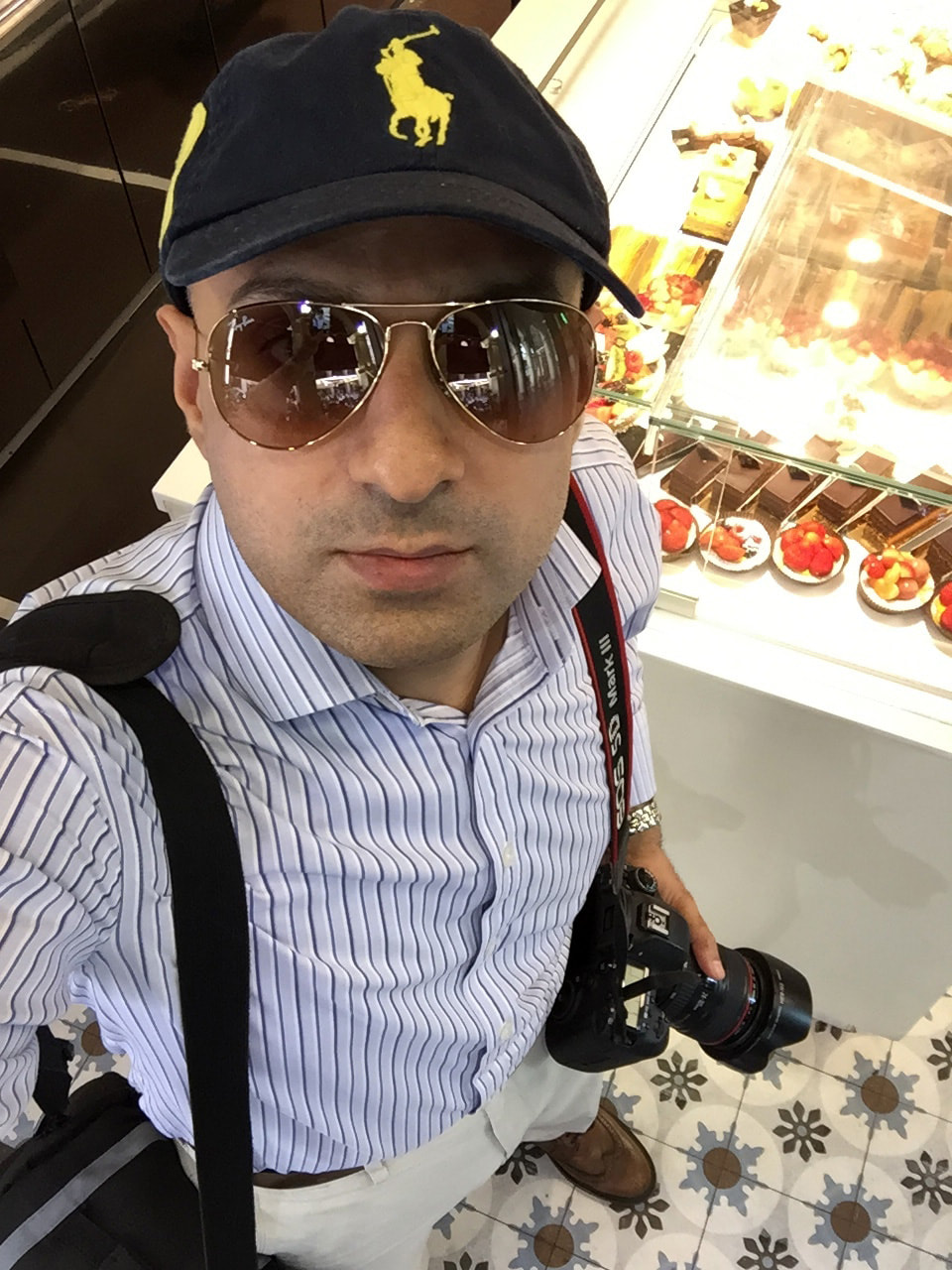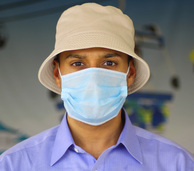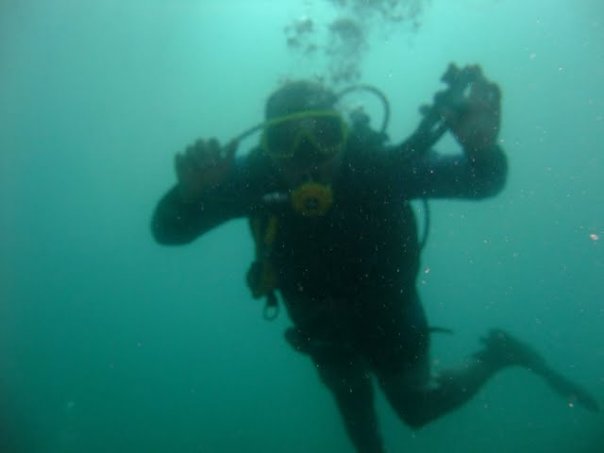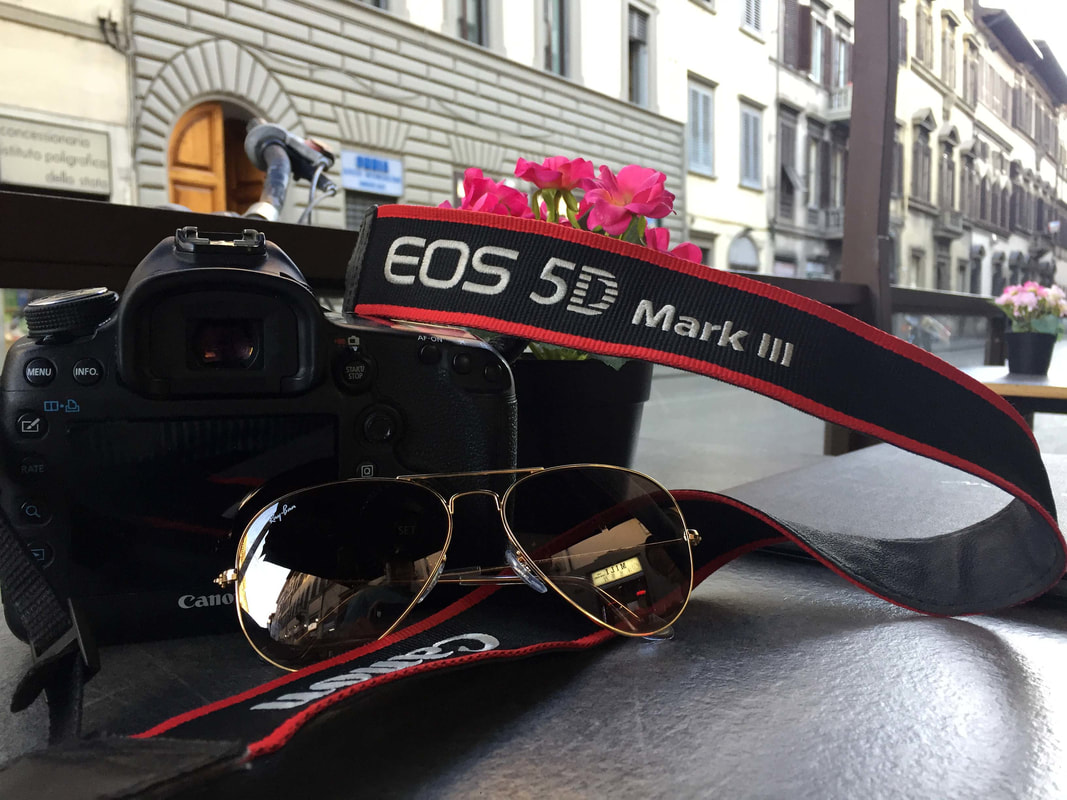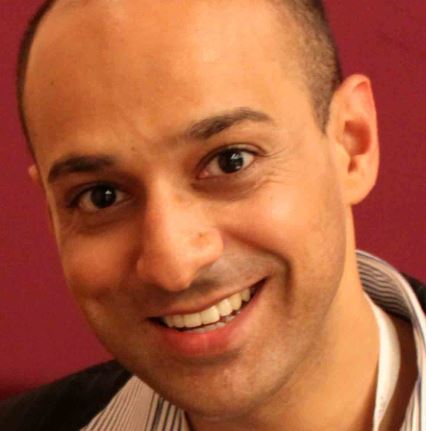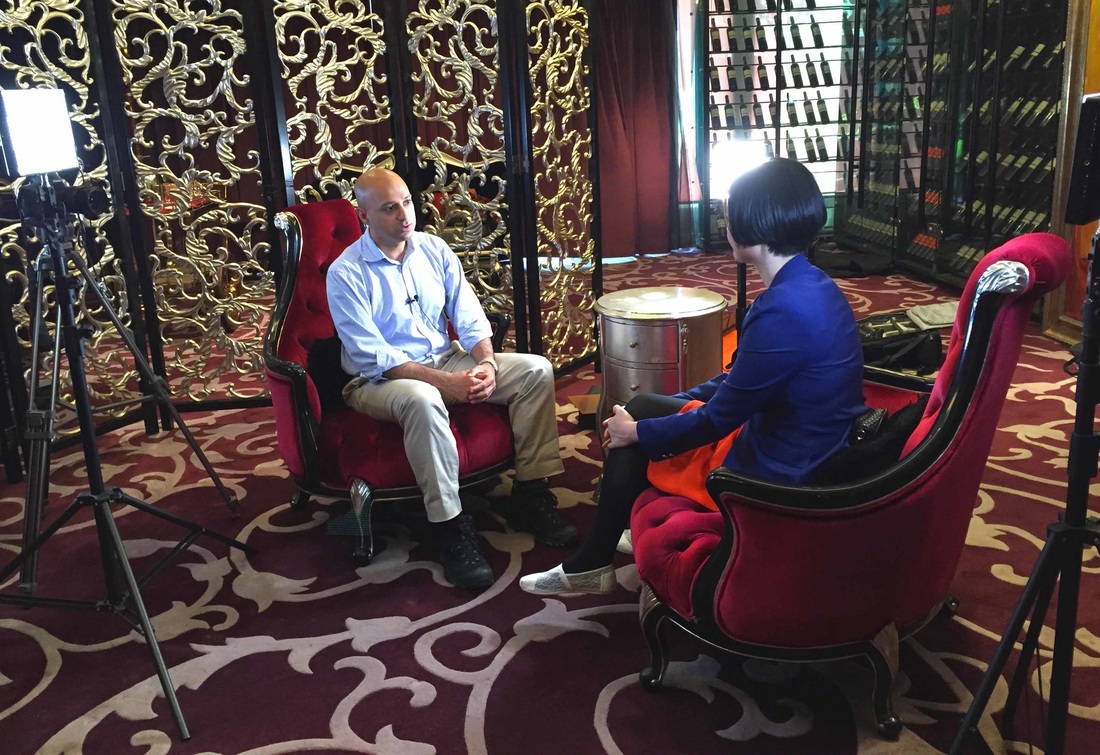|
Finally, I have had a chance to update my blog. I have been in China for the past few weeks, and due to local firewall restrictions, I have been unable to get access to my personal blog- among other websites. After the World Travel Market (WTM) event in London, I was invited to Kunming (the Capital of Yunnan Province) by the China National Tourist office (CNTO) to visit the China International Travel Mart (CITM). The CITM is China’s domestic equivalent of the WTM, where, rather than focusing on the world’s countries, the event is a showcase for the various provinces in China, as well as some of the surrounding countries (such as Mongolia, Indonesia, Singapore and Taiwan) who want to buy from or sell to Chinese Tourist agencies. The annual CITM event is held in either Shanghai or Kunming. The emphasis is to promote China and its travel industry to the world. After the 10 hour non-stop flight from Heathrow, we arrived in Beijing at around 11am (local time), still quite disoriented- I suppose it was more the effects of jet-lag which seemed to descend fatigue on everyone rather than the long journey, which seemed comfortable enough on Air China. Every time I visit Beijing Airport’s Terminal 3, which is still relatively new having been opened in 2008 prior to the Olympics, I am just overwhelmed by this magnificent piece of architecture, its like entering a whole new world. The ridiculously huge building alone dwarfs most airports around the world. Ironically the place is not that busy, even during peak hours. Perhaps the terminals just look empty because of the sheer size of the airport, like an illusion. Nevertheless, I am sure if you look the picture at large and when you see the number of passengers that pass through the airport every year, you can clearly observe that the numbers add up to being more than those seen at London Heathrow Airport, and some of America’s busiest airports’. Also bearing in mind that all of the airport’s three runways are actively in use 24 hours day- and it is not a unusual sight to see 3 aircraft taking off at the same time on those runways. As can be observed from the picture above, that President Obama was also in town the day we arrived in Beijing. Air Force One (Boeing VC-25A Registration: 29000) was parked at the VIP Terminal suite overlooking Runway 36R, flanked by the two smaller Boeing 757-200s (Version: Boeing C-32A) of the US Security Service (I believe that is Air Force Two and Air Force Three respectively- both these aircraft shadow Air Force One in the skies). The 3 hour hop to Kunming was operated by Shandong Airlines, a CAAC subsidiary of Air China. Normally, on domestic flights that are over 2 hours a full hot meal is served, however, much to my surprise we were only offered a hot “Bacon and Egg Chinese style Burger” along with drinks for the whole flight. Upon landing at Kunming Airport, we were warmly welcomed by senior Yunnan Government officials and local fanfare- this was accompanied by loud music, and having necklace charms given to us. I wasn’t all that impressed by the sight of a ridiculously cold and wet Kunming. We were very unlucky to have arrived in Kunming during the rainy season- which normally does not last more than about a month. Whether luck plays any part in it or it’s just bad planning- but the CITM is always held in Kunming during the rainy season. This trip to China was different to all the other times I have been here because it was the first time I had been hosted by the China National Tourism board- all the other trips I have been on were on either corporate business or pleasure. On our first official day in Kunming, we were taken to see the “Stone Forest”-known as the 'First Wonder of the World', located around a one hour drive from the centre of Kunming. Because we were the guests of the China Tourism government officials, our motorcade was neatly protected and escorted by armored Police and Ambulances- and all the roads were cleared in advance so we could pass through with ease. I took around 400 beautiful pictures at this place and we spent around 4 hours there (highly recommended). The stone forest covers an area of around 400 square kilometers and includes both large and small natural stone forests- these are stones (limestone and granite) forming weird and wonderful natural shapes and sizes. From distance, some stones may look like animals while others may look like buildings and so on. Nothing is man-made and every detail is remarkably pleasing to the eye. In the evening we were honored to be invited to the opening banquet, where VIP guests included Mr. Zhang Zulin, the vice secretary of Kunming municipal Party Committee and Mayor of Kunming; Italian Tourism Minister Michela Vittoria Brambilla; Chinese Minister for Tourism, Mr. Shao Qiwei; Shanghai Expo's chief planner Mr. Wu Zhiqiang and many others. Now, the sad thing about this trip is that during an interview which I was doing for Yunnan TV at the CITM, and among the loud noise and crowds, my 500D camera got stolen- without going too much into details, I (along with the assistance of Kunming’s chief of police) tried my best to look for the camera or the thief but could not find any clue. After checking all the CCTV cameras in the control room, it turned out that all 4 of the camera’s are just like television monitors (meaning you cannot zoom in or move them around), plus they are placed so high up in the ceiling that it is almost impossible to see anything in detail. I lost the vast majority of the photos, including those of senior officials from the China Tourist Board, the provincial banquet that we attended and all my photos of the Stone Forest trip. The fact that no security staff could find the thief at such as high profile event as the CITM is still a mystery to me. It goes without saying that I am sad about the loss of my photos more than the camera itself. I was offered a nice gift from Mr. Shao Qiwei, as a token of appreciation, which I highly value; and I am very much thankful to the Chinese government for inviting me to this event. It was just unfortunate that it happened, and it can happen to anyone. Compared to other similar events, such as the WTM in London, the CITM was grander in terms of the number of stage musical performances and the loudness in which it was all presented- the event was full of so much random (yet beautifully illustrated) song and dance which at times did not really make any sense whatsoever (and no one explained why or what people were dancing for or saying).
On the evening before our departure from Kunming, we were treated to a VIP special viewing of the award winning "Dynamic Yunnan" show at the Kunming Conference Center. Dynamic Yunnan is a grand song and dance performance with its inspiration derived from the southwestern ethnic people of Yunnan Province. The unique style is choreographed and performed by the famous dancer, Yang Liping. Yang, a very popular dancer of the ethnic Bai group from Xishuangbanna in southwestern Yunnan Province, began her career at the age of 13, and has been dancing for over 35 years. The majority of the performers of the show are local farmers Yang discovered in outlying villages of Yunnan- with most of them are from ethnic groups including Yi, Miao, Tibetan, Dai, Bai, Va and Hani. The music of the show is, at time very emotional, and has a deeply romantic theme to it. The show was spoiled by the constant background noise of mobile phone ringtones and people using flash Cameras- this despite a warning sign clearly asking the audience (in both English and Chinese) not to use flash photography and mobile phone. I know this is common practice in theaters and cinemas around China, but it's not fair on the actors, as well as the rest of the audience. The breathtaking performances by the actors are a must see because every sound, every move and every look on the actors faces illustrates the roots of Yunnan's culture. "Dynamic Yunnan" has been played in over 150 shows around China and abroad. The performance lasts 2 hours and consists of seven parts with varied themes including Cloud, Sun, Moon, Forests, Fire, Mountain and Feather in turn. It was a nice way to polish off the press trip to this colorful city (in Colorful Yunnan!). Next year's CITM event will be held in Shanghai, around the same time. I would like to share some more photos from CITM in Kunming- the poor quality is because I have used my spare camera (it did the job!). I hope I can have the chance to go back to Kunming and take photos of the Stone Forest and other sights I visited this time. For around 30 minutes in the late afternoon of the 16th of November 2009, airspace around China's capital city, Beijing, was closed off to general civilian traffic. Beijing Capital Airport itself came to a standstill for around 20 of those minutes- there were no take-offs or landings EXCEPT for the EIGHT- I say again- EIGHT aircraft belonging to the entourage of the President of the United States of America who landed one after another on Runway 36R. President Obama's plane, Air Force One (a special Boeing 747-200) was the 3rd aircraft to land on Runway 36R. The aircraft vacated left on taxiway 'Whiskey 5', and then 'Mike 6', before turning around on taxiway 'Zulu 3' towards the VIP parking bays (stands 710 to 714). The VIP terminal and parking area for aircraft is quite a distance away from the main passenger terminals, and even media are not allowed to go without extra special permission. I took these photos from around 2 miles away (from Terminal 3!), and it'll probably be the closest I'll ever get to Air Force One. While the aircraft are on the ground, they are manned by hundreds of staff from the Chinese and American national security guard 24 HOURS a day. The President's Air Force One parked neatly in between the two Air Force Two aircraft. President Obama had come over from Shanghai, where yesterday (Monday the 16th), he greeted a group of about 500 Chinese students at the Museum of Science and Technology. His trip to Beijing was to boost further the relationship with China, and to have dinner with President Hu Jintao. Both of the Presidents met in private off Tiananmen Square here on a freezing Tuesday morning to discuss issues like trade, climate change and further boosting positive relationships, in a session that signalled the central role of China on the world stage. Beijing was in a lockdown for most of the day. President Barack Obama also toured the Forbidden City in Beijing. For anyone who is connected with the travel industry in all sorts of fields, the first four days of this week had been an incredibly busy affair because the annual “World Travel Market (WTM)” was held at the London Excel Center in the London Docklands area. This year the action packed event was particularly special, not just because it was the 30th Anniversary of this premier global event for the travel industry, but also because it was the first time the event was live on Twitter, enabling millions of people around the world to tune into the latest Press Releases’ by the second; as well as the introduction of new initiatives’ such as the WTM Get Connected and the WTM Hub. Both of the latter activities enabled industry professionals to connect by launching discussions, photos, podcasts and blogs. This was one place where million dollar deals were signed by Airline CEO’s, travel agencies and the various tourism ministries’. The opening day itself was buzzing with activity all around- it had a true international feeling to the place. People dressed in their native costumes’ could be seen proudly posing for pictures in all corners of the giant exhibition hall- it felt as if one has almost stepped into a world carnival or something similar. All around the exhibition hall one could hear various accents and languages being spoken; and for those who wanted to, could spend the whole 4 days' trying to please their gastronomical interests by trying the various sample dishes on offer. The event’s slogan “Around the world in 4 days” seemed to fit appropriately too. In amongst the hustle and bustle, one could notice that apart from the extravagant displays and the costumes’, everyone had brought their own cultural habits along to the event too. This “fusion of cultures” created a few misunderstandings and confusions alike. For example it did not take long for one to observe that some people were not used to saying “Thank You” or “Please”; or that some people were not aware that its rude to shout loudly across a hall or answering their phone loudly in the middle of a packed conference (especially when the Mayor of London is speaking too) - but of course the fun of it all was that at least we all got to experience a taste of another person’s culture. The first day, which is always reserved exclusively for the Media and Captains of Industry, consisted of Press Conferences, interviews and launches. The opening speeches were presented by Fiona Jeffrey, the Chairwoman of the World Travel Market; and Boris Johnson, the Mayor of London. The enthusiastic mayor’s speech was, as always, interesting and full of good news- as one would expect from someone who is the major representative of a metropolis that is going to be host to the world when the Olympic Games arrive in the summer of 2012. I have been informed that the Paris and Berlin Travel markets are generally larger, however, with the 2012 Olympics just around the corner, London's annual WTM is sure to gain more attention in the coming few years. I cannot wait to go next year!
Around half an hour after take-off from Malta on the way to Heathrow - and at 30,000 feet, we went past the Italian Island of Sicily with a clear view of the iconic Mt.Etna - she sits there fuming volcanic ash. The ash is heavier than air so there is usually no problem flying above, and so that is some sort of good news for air travellers in case she does wake up.
No doubt that she's a killer though (in 1987 two tourists were killed by an explosive eruption which came out of nowhere)- which means that she is likely to wake up when you least expect her to (I would never venture there...and those of you who seek to explore 'nature' around Mt. Etna...I wouldn't if I were you!). On a slightly good note, Sicily is highly popular with tourists (the Chinese love it there, and May or June are the best months to go in!) who cannot resist it's charming 'out of this world' food; and proud Italians will always be the first ones to tell you that it's big (relatively big, yes) and the perfect destination for a road trip. If you decide to pick just one place, like Palermo, then all the better! So, go on...book a week or two in Syracuse. there's something magical about going somewhere like Sicily. Upon my graduation from Loughborough University, I was offered a job in the Republic of Malta (commonly known as just Malta), with ST Microelectronics, at that time one of the biggest employers in the country. However for one reason or another fate took me to Hong Kong to work for Philips Semiconductors. It was one of those difficult choices that you sometimes have to make in life. I wanted to live and work in Malta, but also in Hong Kong too! With a pinch of salt I made the decision to settle for the latter because it was farther away and somehow seemed more of an exotic destination than Malta (I take back my words now that I have been to Malta!). Ever since that day I had always wanted to visit Malta, but for some reason or another (and due to the pressures of a busy life I suppose!), I just never had the chance to go. That opportunity came in early October when suddenly I got an invitation from the Malta Tourism Authority to come and experience Scuba Diving in Malta. Even before any training started I had to pass the full medical exam. Because Diving is one of the more dangerous sports around, so it is absolutely imperative that anyone taking part should be fully fit and healthy (i.e. have no exposure to Asthma, Epilepsy, Migraine Attacks or any lung problems). Initially I feared the worst because I do have a minute history of Asthma; however considering that my last Asthma attack was almost 12 years ago, so thankfully I was given the all clear by the doctor. Prior to going to Malta, I attended a two day full immersion Diving Training course in London. This was arranged by BASC (British Sub Aqua Club), the UK’s leading dive club that provides an internationally recognized qualification for divers. The intensive pool orientation training was completed at the Shell Centre’s swimming pool in Waterloo. This included the basics of Diving, safety demonstrations, practice of balancing underwater, Snorkeling (which is easy!) and lots of practice related to the equipment and gaining confidence under water. The training was in preparation to qualify as an Ocean Diver where one can dive up to 20 meters deep under the guidance of a qualified Diver Manager. Considering that I had never done any Diving before so this was a truly unique opportunity to try something adventurous. I was anxious because when you are carrying so much equipment on your body (especially the 10Kg cylinder at the back!), you do question yourself that once you are in the water, “What happens if I sink!?” But it’s all very safe and controlled. The Diving instructors are very professional and high training individuals so there was nothing to worry about- just needed to carefully listen and follow the instructions! The next step was to go to Malta and commence the three-day open water training that combined shore-based instruction with five open water dives with the instructor. The good thing about diving is that you don’t need to be a good swimmer- in actual fact its so easy that you don’t need to know any swimming at all because the flippers, along with the weightlessness in the water, do all the hard work for you. All you need to do is flap your feet gently and counter balance the air in the tank so that you don’t have too much or too less either. On Earth at least, Diving is probably the closet you’ll get to experience the affects of weightlessness in Space. It really is a remarkable feeling being underwater- quite surreal too, because all you hear is your breathing, and the hollow echoes of the surrounding water. With over 40 dive centers across the Maltese Islands, for Europeans and North Africans, Malta is a great place to go diving because it’s reached well within a couple of hour’s flight time from any major European city, the waters are clean and clear (especially at Comino Blue Lagoon) and the weather is great- warm (ridiculously hot in the summer though), with clear blue skies for most of the year. I went in late October and even then we were welcomed by warm waters. Voted the third best place for Diving in the world, the Maltese Islands are also a heaven for night diving, there are many beautiful sea life that come alive and are more vibrant during the night. Colors appear almost fluorescent by torchlight. Although I must admit that the thought of diving at night time is fearful and dangerous, because if you get lost or you lose your diving buddy then I suppose the only option left is to quickly accelerate yourself to the surface and send a distress signal. Therefore it is safe to conclude that Night diving is for experienced divers only. The mornings were spent carrying out the open water training; while the afternoons were free to explore the cities and their restaurants in detail. Sliema, Valletta (the Capital city of the Maltese Archipelago), and St Julian's are Malta's modern, most happening and built up areas. It is where one will find the majority of the top hotels, rental apartments’, restaurants, bars, shops and clubs. The remainder of the Island is usually silent except for the few restaurants and bars that are open till midnight. Malta is also a popular country with many Hollywood directors who decide to shoot scenes here. Because of the presence of yellow limestone buildings and the general calm feel that resembles a typical middle eastern village, if one is watching a movie filmed in some parts of Malta, it can be easily confused with, say, being in Iraq or Qatar. The Maltese Islands have been home to Hollywood movies such as Gladiator, U-571, Rules of Engagement, Troy (The highest tower on Comino is featured in the opening scenes), Munich and many others. Places where I went diving: The wreck of Lady Davinia, Sliema Creek The Maltese islands are home to numerous purposely sunk vessels, scampered deliberately for the purpose of diving. The Lady Divinia is one such wreck located around 15 meters deep in the harbor. The Lady Divinia was formally known as the Zuara when it was with the Libyan Navy in the 1960s and also HMS Greetham prior to this when it was with the British. The Engine room and wheel house is in pristine condition, complete with a telephone. There are a myriad of large wine bottles and bits of complete cutlery scattered around on the harbor bed. Plenty of shiny silvery fish can be seen as well as some large groupers. We even came across a large lobster. The views down at this wreck are truly breathtaking. X127 wreck, Manoel Island Prior to this dive we carried out some useful diving exercises’, and also to get used to the surrounding waters. The Lighter X-127 is accessible from Manoel Island in Marsamxett Harbour. To reach the wreck, it takes about fifteen minutes, and divers have to swim in a south-westerly direction at any depth of around 10 meters. The greatest difficulty I had over here was balancing myself on the seabed, especially with currents pushing you away from your standing position, and also with the rather muddy seabed around the wreck is muddy! Dave, our instructor showed us around the wreak of the X127. The most amazing part of the dive was when we went through the wheelhouse and came out the other end, and also the huge torpedo damage at the stern of the vessel. Around the wreak there are meant to be lots f sea life lurking around, such as octopus, small groupers and thousands of small silvery fish. Qawra Point, St Paul’s Bay Qawra Point is located at the southern tip of St. Paul's Bay. The dive profile here drops slowly at first and the repetitiveness of the meadows gives way to a steep slope that goes down to a depth of 40 meters. As trainee divers we only went to a depth of around 20 meters and carried out underwater safety exercises such as taking your goggles off and putting them back on again (without taking your mouthpiece off of which somehow I managed to take off twice!! I can reassure you that it’s not a nice feeling swallowing all that salty water- and definitely not recommended!). The steep slope of the valley continues underwater. The bottom is scattered with sharp ended rocks- much to my unpleasant surprise when I tried to balance myself by putting my knees on the rocks. Hence there is very good reason why someone should wear a full body wetsuit when diving (apart from protecting yourself from the cold water)! We did not come across any interesting Crabs; Lobsters…guess they must have been hiding during the day! Cirkewwa This dive was without a doubt the highlight of the trip to these beautiful islands. The sea was a bit rough due to the high winds the previous day but our group managed to dive to the picturesque arch at the bottom where there is also a statue of statue of Madonna, and (rather strangely) people leave candles as a mark of respect. The water is remarkably clear and clean. The arch is a cavern which has a large hole in the top that creates a narrow bridge of rock under which divers can easily gain access. It was one of the best things I have ever seen; and although you can read about dives and see photos, seeing it in real life is just amazing. You have to experience this dive to fully appreciate the real joy of this wonderful sport. Our instructor, Dave, gave us a gift by taking us to this dive, and all that hard work in training really paid off well. The area around Cirkewwa is also beautiful. There is a tiny beach on the other side of the dive resort; and regular ferries to Gozo and Comino operate from here too. Who provided the Diving training?
Full professional training was provided by the Maltaqua Diving School based at St Paul's Bay. Our inspirational diving instructors, David Colquhoun and Dragan Donkov were very professional, friendly and made the diving experience fun and enjoyable for all. Maltaqua can be reached on: www.maltaqua.com How I got there: I flew with Air Malta (www.airmalta.com) from London Heathrow (Terminal 4). The flight was on time, and took around 2 hours and fifty minutes. I highly rate this airline for many reasons, including the flawless in-flight service, the friendly crew members and the highly professional way in which the check-in staff deal with any problems. Where I stayed: The four star Maritim Antonine Hotel & Spa (www.maritim.com.mt). The Spa treatments and the Massage are highly recommened. I have decided to write this article in regards to me being inspired by my love for aviation and flying with airlines that have a less than glamorous reputation for their safety in the skies! Below are some of the major indicators that contribute to the making of an above average/decent airline company. It’s a sad fact that within a short space of around 60 years commercial passenger flights have seen their birth (around the 1940s), rise (1950s/60s), their heyday of flying (1970s/80s), and sadly their gradual demise to what has transformed a once luxurious way of travel to one where we are beginning to see airline tickets being sold for less than a pound sterling (excluding taxes!). Budget airlines are good for short haul travel where smaller aircraft can be used (such as the Airbus A320 or the Boeing 737 Series) to full capacity and planes can be turned around within 30 minutes; but for medium to long haul travel (i.e. more than 4 hours flight time) there will always be a need for some sort of luxury because of the long distances and the other fuel costs involved. Although not the main ponint of discussion for this blog article, nevertheless, it is worth pointing out that IATA (International Air Transport Association), recently predicted the airline industry will make a snowballing loss of €11 billion by the end of 2009, a rapid increase from the projected €9 billion estimated earlier in the year. The full impact of these losses is yet to be felt despite over 65 airlines failing over the course of 12 months from December 2008. Safety When booking their flights, for most people, the cost is the number one factor which makes them choose their particular airline. Safety is probably at the back of everyone’s mind once they know which airline they are flying (depending on how old or new, good or bad the aircraft and its engines are!). It’s too deep a subject to get into so I am going to keep this brief. On the whole it is reasonably safer to fly than to cross a busy street. However in the following cases, safety can never be played around with:
In July 2009, the European Commission published a list of over 90 International Airline companies that are banned from flying into European Airspace and airports within the European Union. These include the national airlines of Congo, Angola (TAAG- only allowed to fly to Portugal), North Korea (Air Koryo), and Afghanistan (Ariana Afghan). The full list is available here. In-flight Meals Gone are the days when airline meals were something to look forward to when you fly. Nowadays almost all economy class In-flight meals are the same, which is why I try to fly Business Class most of the time - at least there is a proper choice available. One of the best In-flight meals website ever is www.airlinemeals.net where passengers could upload their meal photos and give a personal review of the food, the service and the flight in general. The website has been dormant since 2007, but you can still browse through the various world airlines listed. Surprisingly some of the best meals are served on some of the less well known airlines (like Syrian Air, Tunis Air and BWIA West Indian* as an example). * BWIA has been rebranded as "Caribbean Airlines". The sad thing about In-flight meals is that so much food gets wasted after a flight, that many airline companies are thinking of cutting down on giving away free meals. The only proper option left here is that passengers’ can purchase their desired in-flight meal. My idea is that there should be a special chain of “In-flight meal restaurants” located at all airport departure lounges around the world where passengers, who wish to do so, can purchase their desired In-flight meal and drink prior to boarding the aircraft. Once on the plane they can store their food; and eat it whenever they like without anyone telling them when to eat etc. The concept can be similar to MacDonald’s (just as an example), but of course I am not saying it should be a fast food chain (come on, it needs to be more healthy ad better tasting at least!)- rather the In-flight meal restaurant chain should just specialize in providing healthy and delicious In-flight meals to passengers. In actual fact this concept should be tried at one airport to start with, and if the concept works I believe in the long term it would be a very cost effective way to introduce In-flight meals to airlines. The downside of this idea is that the food labels will not be branded to any particular airline company, but it will be a one common global brand which will be on everyone’s lips. Aircraft type and seat If you know which aircraft you are flying in (usually it states this on the ticket or when you check in online), then from the website www.seatguru.com you can find out which seat is suitable to sit on for your particular flight. The best seats are usually next to the exit and away from the galley and toilets. The vast majority of new aircraft (like the Airbus A340-600, Airbus A380, Boeing B777-200LR and Boeing B777-300) have state of the art In-flight entertainment systems embedded to the back of every seat from where passengers can listen to music, watch movies, play games and even read the in-flight magazine on the screen! Yes, sadly some airlines are even phasing out the traditional hardcopy In-flight magazines to save weight costs. So even the In-flight magazines are becoming collector’s items now- quick! Get your last copy before it gets replaced by the on-screen version! Most passengers actually are not aware of what aircraft they fly in, and even if they were told of the aircraft type, I highly doubt that most would even know what the words A320, B747-400 etc. mean. People don’t care much, as long as they safely get from A to B. It’s like when you sit in a bus, a taxi, train or a boat; no one cares or notices who’s manufactured the machine- unless of course if you happened to be offered a “Mini” as a taxi when you expected it to be a BMW or something!. But when it comes to aircraft it is a different story- you have to approach it with an unusual line of angle. I suppose it’s because it’s a different way of travelling to what you are normally used to travelling on a daily basis. The professionalism of the Airline Crew A perfect example of how not to behave when flying a plane was displayed to the world recently by an Air India crew on a flight from Dubai to New Delhi where, according to media reports, the Pilots and Cabin Crew had a mid-air scuffle at 37,000 feet. Not something that you would want to see or hear about when you know that the two people who are responsible from taking you safely from A to B are too busy fighting with each other rather than flying! Other questions that people always wonder about are if the staff are generally friendly and professional. Do they serve the meals at the right time? Are the air hostesses polite when they speak to you? Is the Cabin Crew helpful if you cannot speak English? It’s easy to put aside the fact that being an Air Hostess is not an easy job either because you have to deal with various situations and different kinds of people from all cultures. In actual fact the job is sometimes too glamorized. If you feel you have a point to make about the airline you travelled on then feel free to voice your personal review on www.airlinequality.com, a site which rates airlines according to a five star category, with the best airline company getting five stars and the worst getting one star or no stars at all. The brand image The company’s brand image and its name are two of the essential core elements what attract the passengers to use the airline in the first place. When someone goes through the procedure of booking their flights, apart from the costs and the timings of their potential flight, the most crucial questions are “Which airline is it?” Now, if the answer happens to be one of the major global brand leaders in the airline industry, such as, say for example, British Airways, United Airlines, Cathay Pacific, Emirates or any one of the other top airlines, then its highly likely there won’t be further questions coming out from people’s mouths. However, say if the airline company happens to be one of lesser known ones like, for example, Syrian Air, Mexicana, TAM Brazilian and others of a similar standing, then you are bound to get a barge of questions related to the company’s standing in the aviation industry. But then again you can have an excellent brand image but the rest of the package of the service is not worth mentioning- just a few examples are: American Airlines, Northwest Airlines, KLM (poor in-flight service), Air India (one can write a book on this one!) and Aeroflot (enough said already I think!). As mentioned at the beginning of this article, I personally fear that in the USA and across Europe, flying is no longer the luxury way of travelling; and globally, flying is not glamorous anymore because people treat it in a similar way to catching a bus or a taxi (if you fly on a private jet!). European and American flyers won’t have much choice of top branded airlines; instead the skies are going to be dominated by the likes of Easyjet, Ryanair, Flybe, and other low cost airlines. The mainstream market for aviation is in the Middle East (Esp. Emirates, Qatar Airways, Etihad Airways) and Asia (Esp. Singapore Airlines, China Southern Airlines, Air China, China Eastern, Kingfisher, Malaysia Airlines, Jet Airways and Cathay Pacific). I have just provided a few key indicators that may determine the quality of an airline. Of course, just like any other product, you cannot judge what the quality of an airline company is like until you try it yourself. Let us conclude this blog by saying that a good airline is one where the passengers are well informed of any changes that may occur (such as a delay for example), and where they are in the full knowledge of being safe and comfortable from their point of origin to their destination.
During my travels in China, the one thing I really enjoyed turning a necessity of life into a hobby was the food. It goes without saying that Breakfast is one of the best meals of the day (the other is, of course, Dinner). I must admit that when I first arrived in China in 2003, I dreaded the thought of even slurping on a bowl of rice noodles mixed with bits of “meat” (usually Pork chops; but in China some people cannot translate the meat type into English, so they just say “meat”), first thing in the morning. Instead I wanted my Corn Flakes with delicious cold milk, strawberry muffins and a nice cup of Tetley tea! Yes, I was spoilt on eating a standard western breakfast all my life! Plus, as a travel writer I should have jumped at the opportunity to become a bit more adventurous and expand my gastronomical interests! I still remember the huge disappointment of being forced to eat Chinese breakfast by my friend. “I can get some cake and Nestle Milk from Seven 11!” I said. “No” was the immediate answer from my Guangzhou friend;” You must try Chinese breakfast, I am sure you will like it” So, the first time my friend gave me a Chinese breakfast, my immediate reaction was “What is this?! Hot and spicy soup for breakfast?!”; I asked in hesitation. That comment alone seemed to bring out the giggles on my Guangzhou friends’ faces. But as the days and weeks passed, I had actually gotten used to eating a traditional Chinese breakfast…no complaints whatsoever! It got to me so much that I actually used to look forward to waking up the next day and eating a delicious Chinese breakfast. It was my meal of the day. Why? Because every bite, every slurp is healthy, delicious, and just a sheer delight! I loved it, and still do. I even persuaded my parents to try Soybean milk, so much so that every time I came back to the U.K. I used to bring along bags of powdered Soya Milk. In China, breakfast means so much more than just your average cup of tea. It's all about socialising- meeting people while soaking up the sun and catching up with the local gossip. Although western cereal companies haven't drummed it up yet in China, breakfast in China is still very much Chinese, and has proven time and time again to be the most important meal of the day. On every Chinese street, side alleyway, school canteen and office canteen; you are bound to come across five breakfast dishes renowned throughout the country for their taste, smell and unique attractiveness to foodies everywhere. Although Chinese breakfasts differ greatly between regions, however these five dishes are essential to any breakfast meal irrespective of your location in China. The dishes are: Large white bun (Man-Tou: 饅頭), Deep-fried fluffy dough sticks (You-Tiao: 油條), Glutinous rice balls- sweet or spicy (Tang-Yuan: 湯圓), Large sesame bread (Da-Bing: 芝麻大餅); and Fresh Soybean Milk (Dou-Jiang: 豆漿). The Five dishes, sometimes referred to as just four when not taking the Man-Tou into consideration, are almost like a fashion icon of breakfast meal. Basically, it may be said that no Chinese breakfast is complete without these. Although sadly with the emergence of MacDonald’s and KFC in most Chinese cities many young kids are opting out of eating healthy Chinese breakfasts - even to the extent that these “Little Emperors’/Empresses’” will argue with their parents/grandparents to eat the last remaining Hamburger, or drink a Strawberry Milkshake first thing before school begins (I have seen this with my own eyes many times, and its not nice). Making of a perfect Chinese Breakfast
Now, I am more than sure that the Taiwanese-born Chinese chef, Ching-He Huang, would have a much better way to describe this, but this is my version, and the way I was taught to eat Chinese breakfast! One dish which I have left out of the list is the Congee (稀饭), which is similar to the western Rice porridge. Interestingly enough, the word Congee actually derives from South India from the Tamil word “Kanji”. The beauty of a bowl of Congee is that you can mix it with whatever you like depending on your taste buds and preference. You can make it sweet or spicy. Everyone has their different way of eating a bowl of Congee. Let’s begin with the large sesame bread, (Da-Bing: 芝麻大餅), which comes in three types: Tasteless (boring and simple), Sweet (preferred by many) and salty (usually sprinkled with spices and sesame). The art of cooking this bread is to simply mix the fermented dough with some butter (Margarine or, Sesame Oil and Sunflower Oil will also do) and when you are happy with the shape of the bread, stick it onto the oven (usually a clay fireplace is used by professional chefs), and bake it into savoury bread. The Man-Tou (饅頭) can be classed as being one of the Da-Bing, however usually it can just be bought on its own. One portion normally consists of three small or large white buns- resembling a large marshmallow. The Man-Tou is boring, tasteless and quite hard to eat- imagine biting into a hardened cake and you’ll get the idea! Usually people eat a Man-Tou with a flavoured dish (salty or spicy). The Tang-Yuan (湯圓) consists of sweet or salt flavoured steamed coarse glutinous rice turned into balls the size of Beetroot. They contain a stuffing of deep-fried downy dough sticks; spicy pickles, dried meat for salted ones; and sesame seeds or white sugar for the sweet ones. The sweeter ones are also dipped into syrup- alas this can be too sugary for some people! The Dou-Jiang (豆漿) is best drank fresh- when I mean fresh I mean that the Soya beans that are used to make the drink have been crushed that very day and mixed with hot water and sugar (if preferred) using a blender. For some people in China it is routine to get up early in the morning and make fresh Dou-Jiang to take to work or to give to their children to take to school/college. The Dou-Jiang you get in the shops and the supermarket (even with powdered Soybean) is not quite as healthy and delicious as the fresh one. The fresh Dou-Jiang is viscous and has a strong aroma of soybeans (just like fresh coffee!). Some shops such as the Circle K-Shop make it fresh as you wait. I have tried making fresh You-Tiao (油條) a couple of times (I managed somehow). Now some people may have different ways to cook this, but I was taught to neatly blend the fermented dough with some vegetable oil, twist it into long stripes so that it looks like a foot long screw (that’s the best way to describe the spiral shaped bread!), fry it until it turns golden, soft and crispy. Most people eat their breakfast on- the- go (i.e. in the bus, train or car on the way to work). Its inexpensive (you can get fresh hot Dou-Jiang and You-Tiao for around 5RMB in most shops), healthy and delicious! Oh and, of course, I am talking about eating Chinese Breakfast in China...because Chinese food only tastes good IN China, not in USA, UK etc. |
Get in Touch:LIFE MATTERSHere I share my thoughts
and experiences during my travels, and how some things have affected my life as an expat and world traveller. Travelling is about capturing that moment in life. Every word, view and opinion on this page is that of Navjot Singh - except where indicated. The most recent is at the top. Scroll down to read the archive. Or search using CTRL+F (COMMAND + F) and enter a keyword to search the page. Just some of the stories you never heard before. The NAVJOT-SINGH.COM web blog is separate to this web site....Click blog, which may not be visible in some countries due to local firewall restrictions, so in those cases this weblog may be read. The weblog also includes some of my press trip reports- most of which are not published on the official blog because of copyright issues. The weblog also contains articles that may be associated directly with a PR trip for a country, airline or a hotel. These are PR reviews done in relations with various companies. If you are an investor or a trend watcher then you may find this website useful as investing has a lot to do with personal observations and finding the ideal trend or next big thing. The average human on the street frequently knows far more about the state of the economy than politicians, university professors, subject matter experts, and financial analysts who seldom travel, or if they do so, only from one hotel to another hotel! The pulse and vibrancy of an economy is nowhere more visible than on a country's streets. All photos and words are © Navjot Singh unless stated. Photos taken by others or by agencies are appropriately copyrighted under the respective name. No photo or word/s may be taken without the prior written permission by the author (i.e. Navjot Singh). All Rights Reserved. Archives
April 2024
Categories
All
|
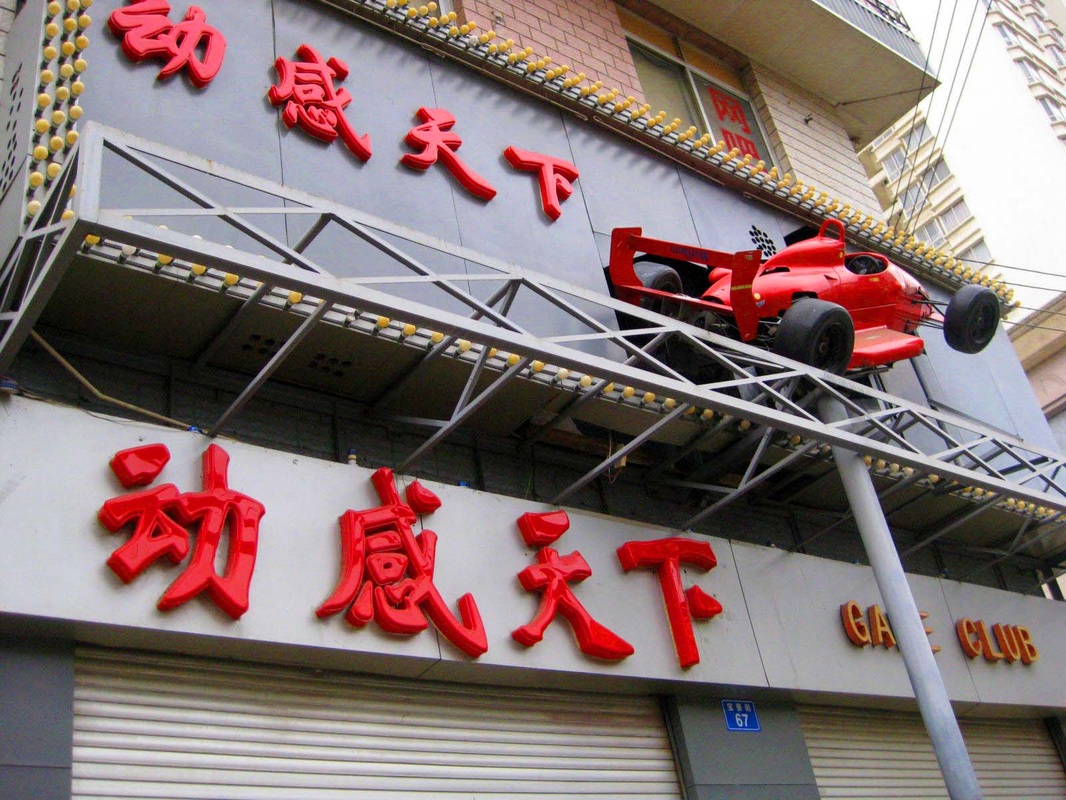
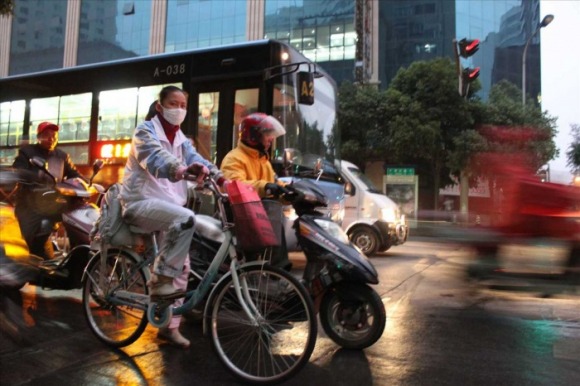
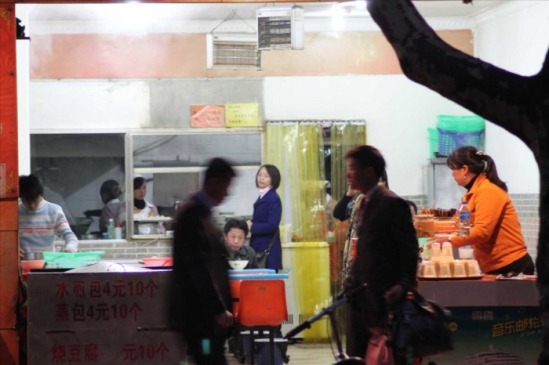
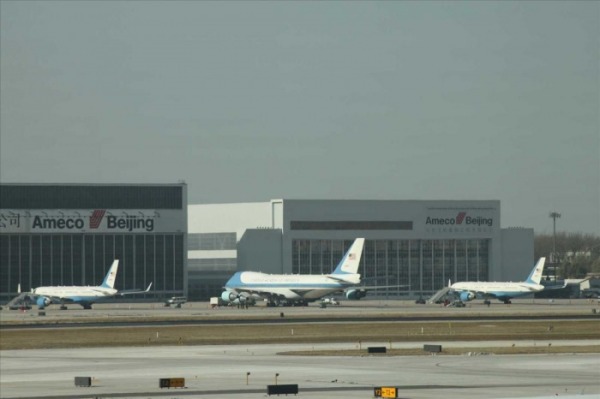
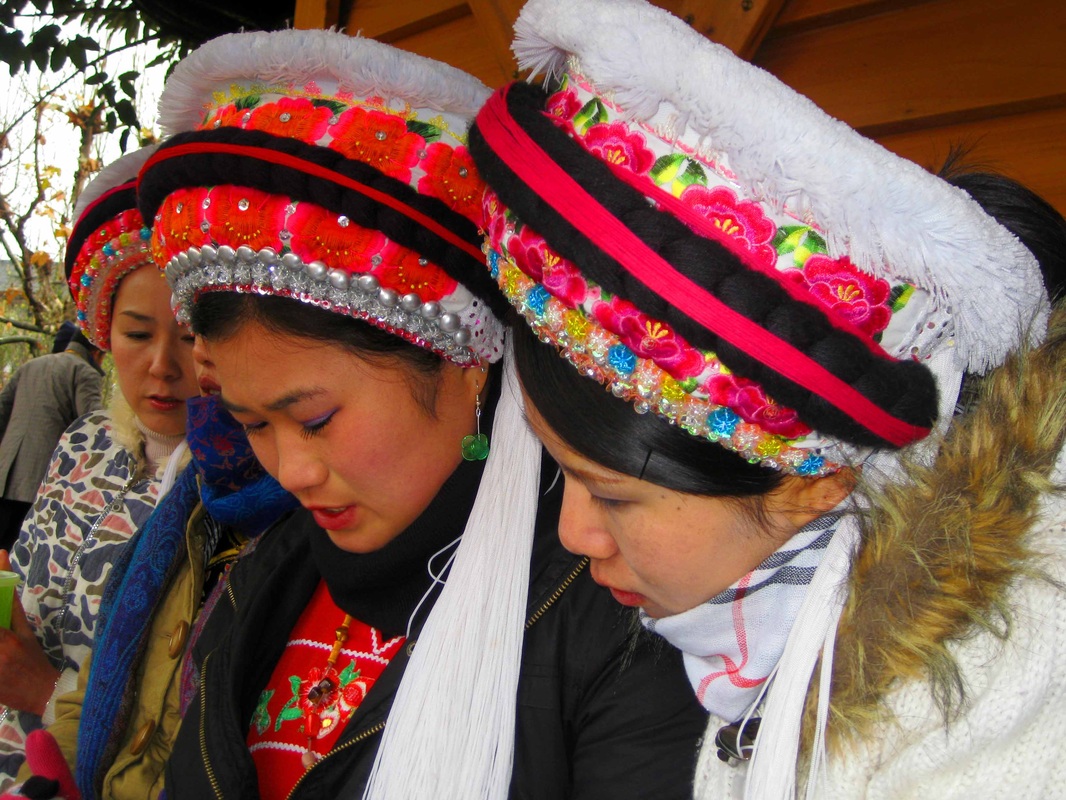
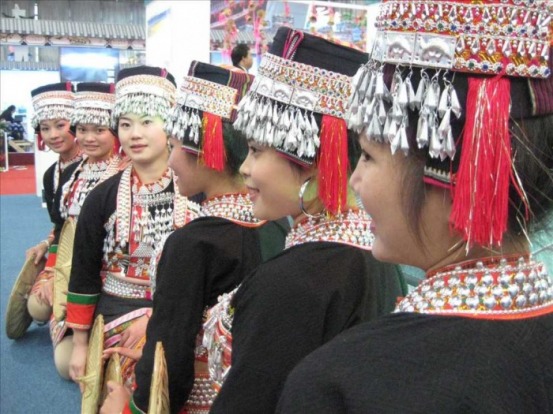
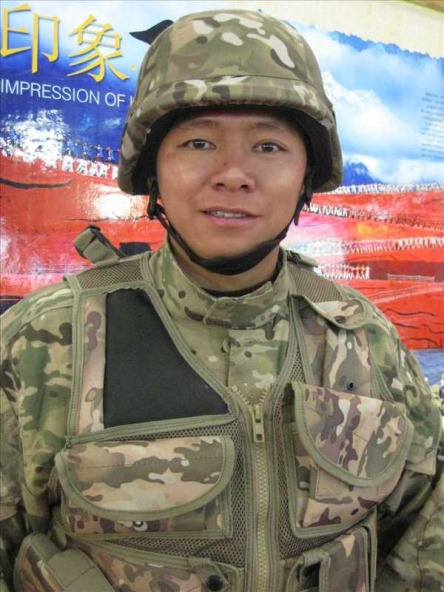
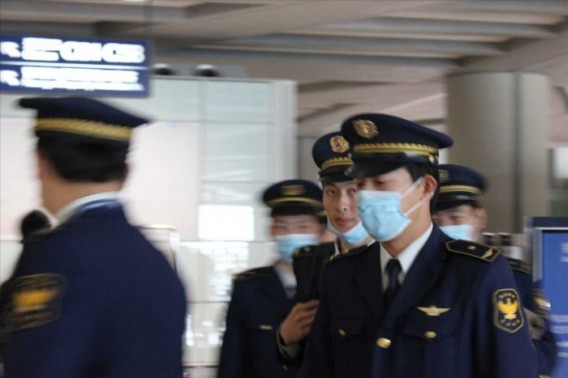
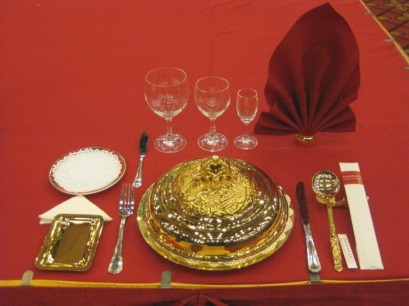
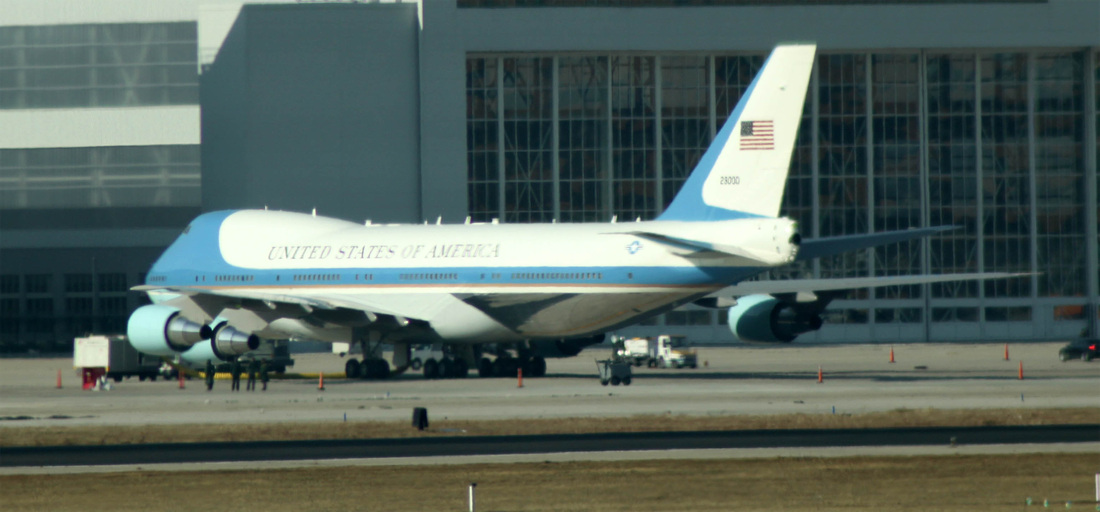
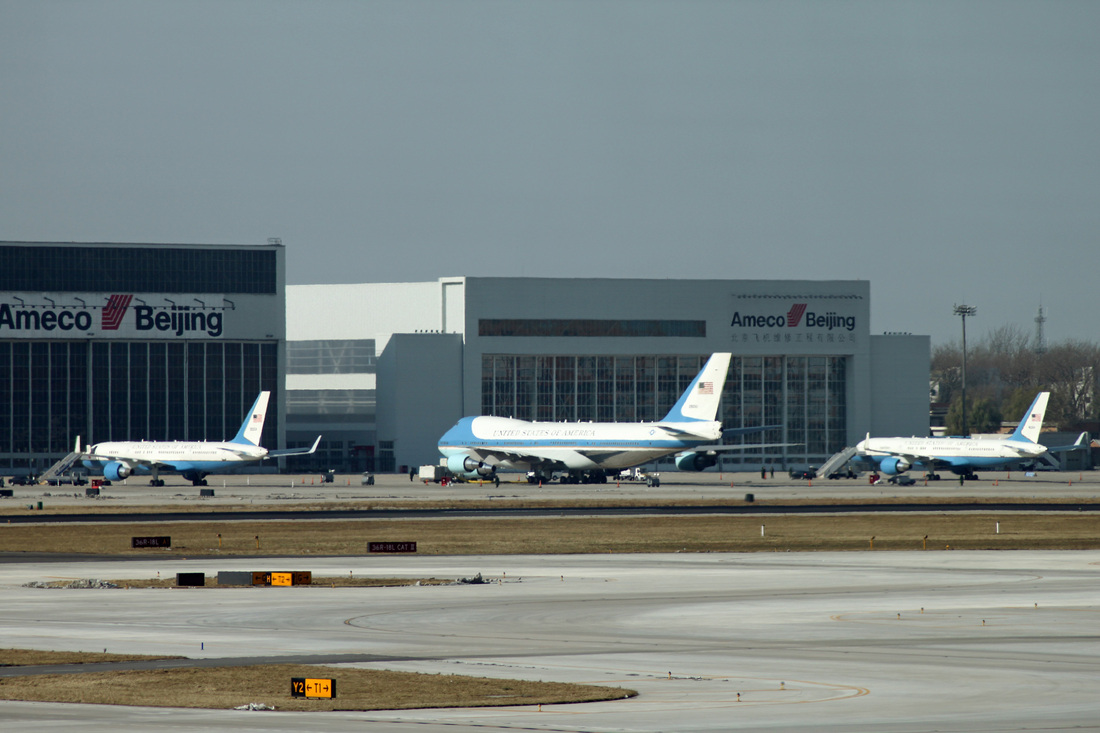
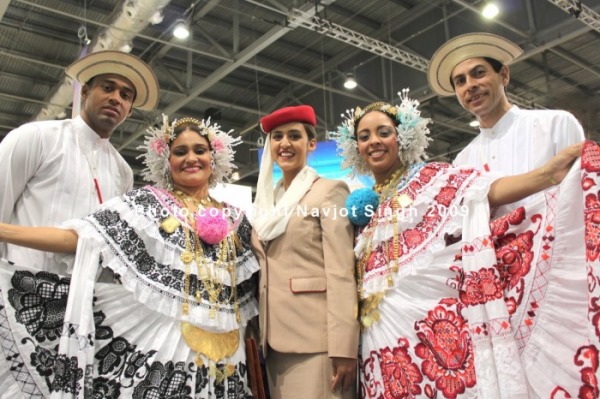
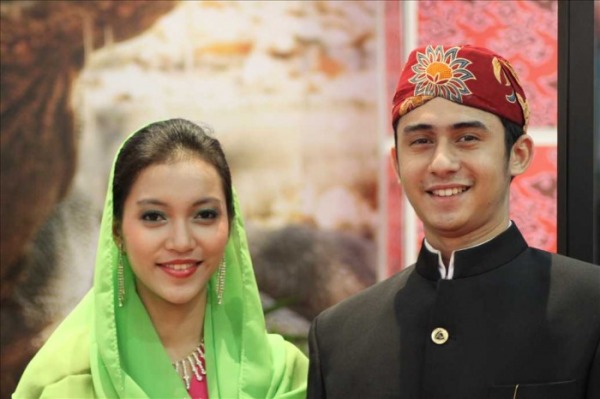
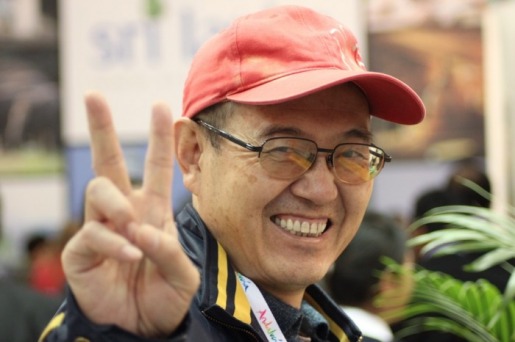
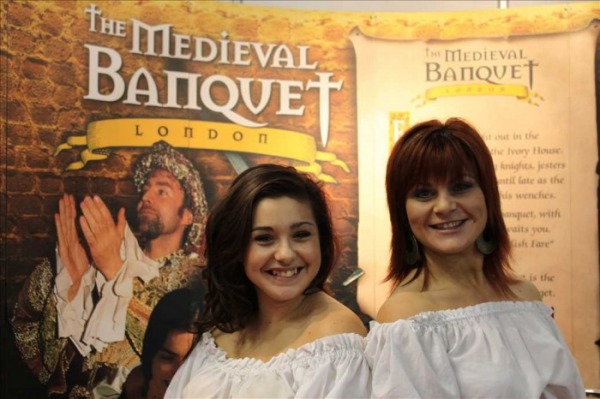
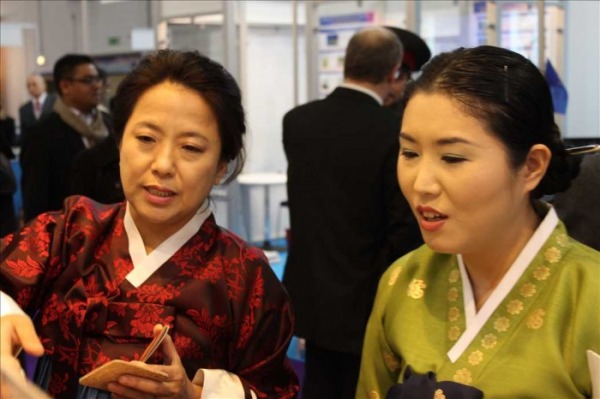
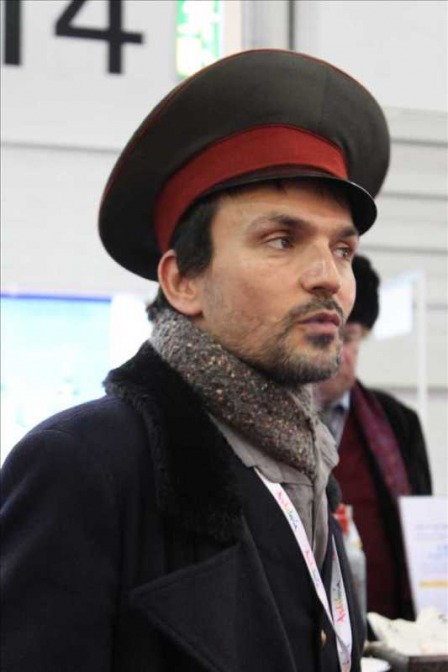
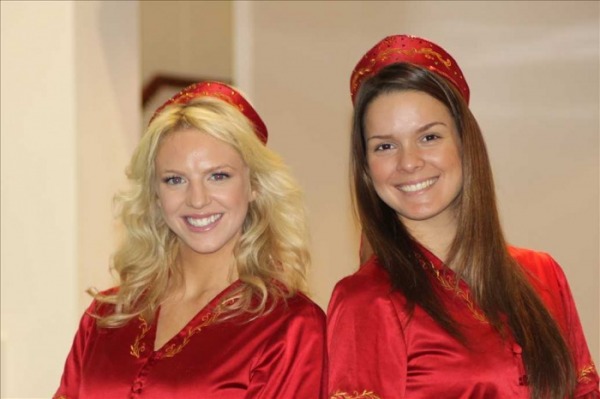
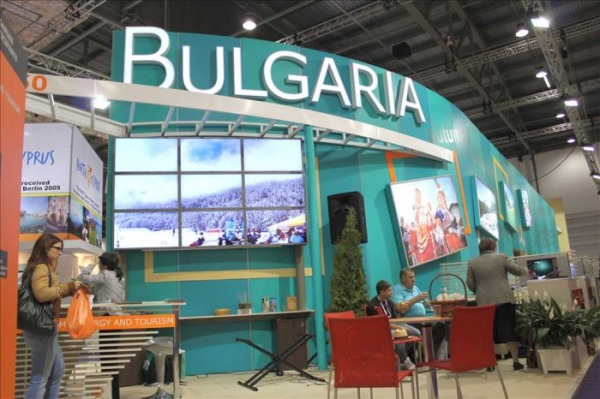
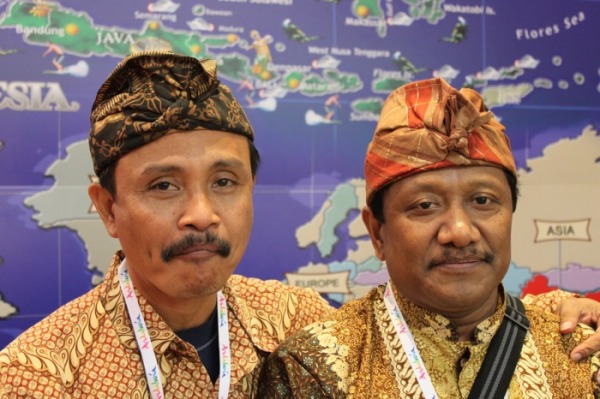

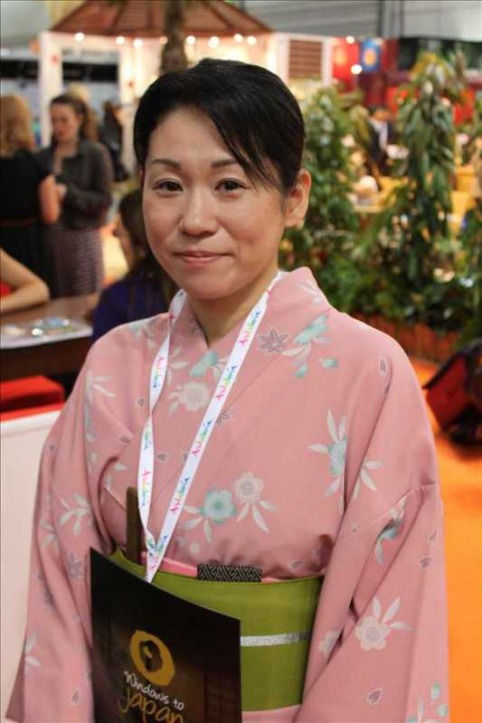
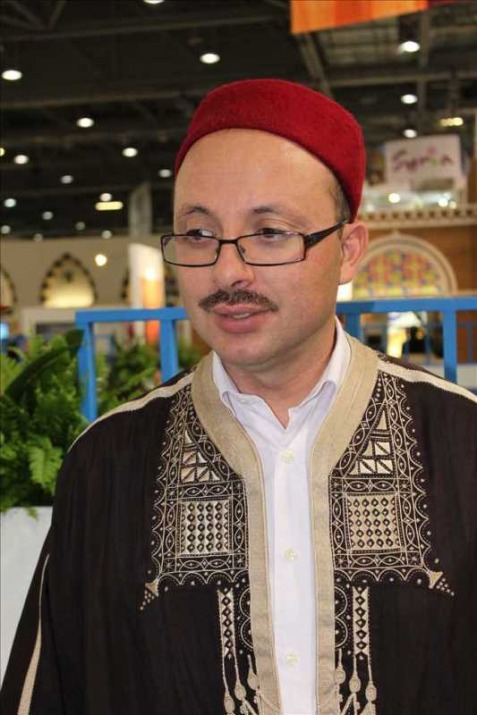
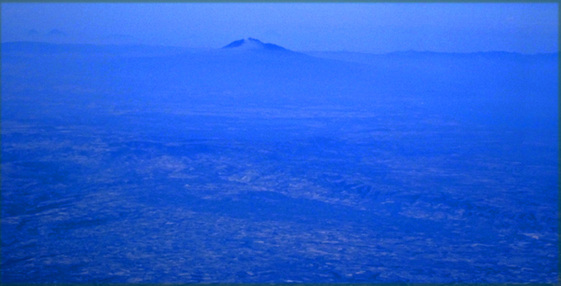
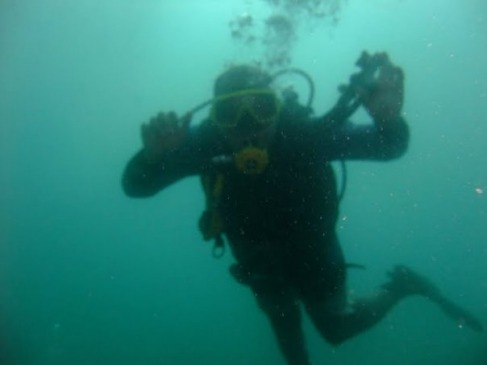
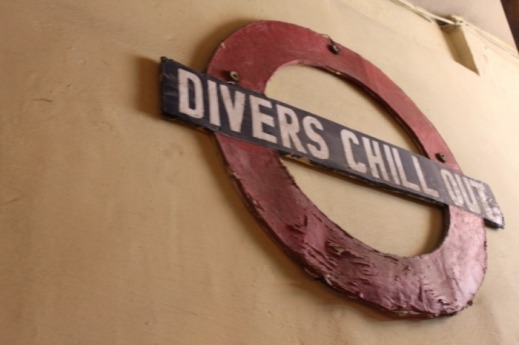
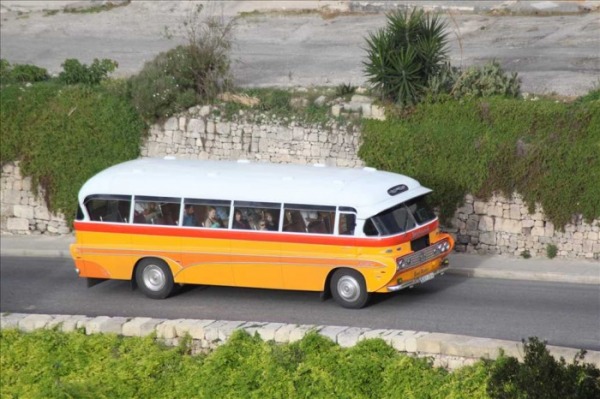
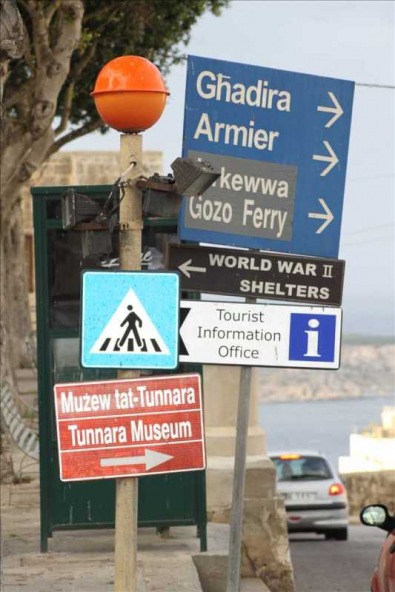
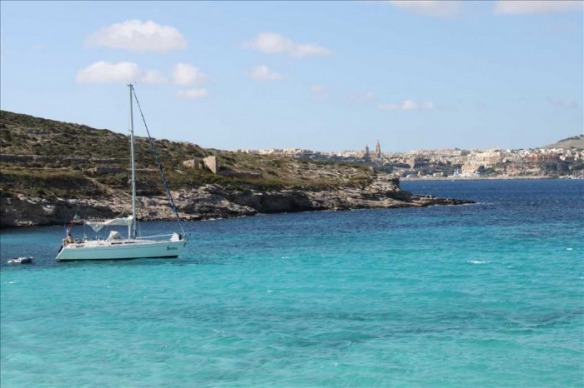
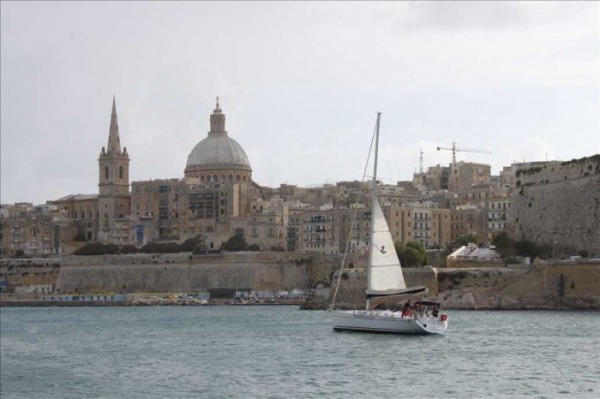
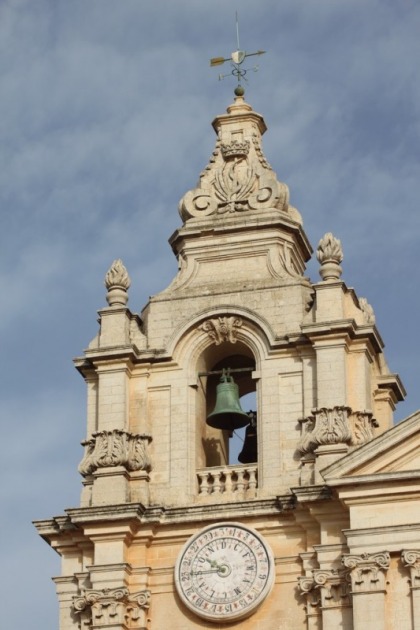
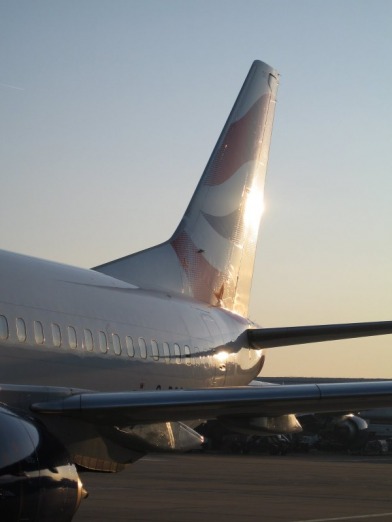
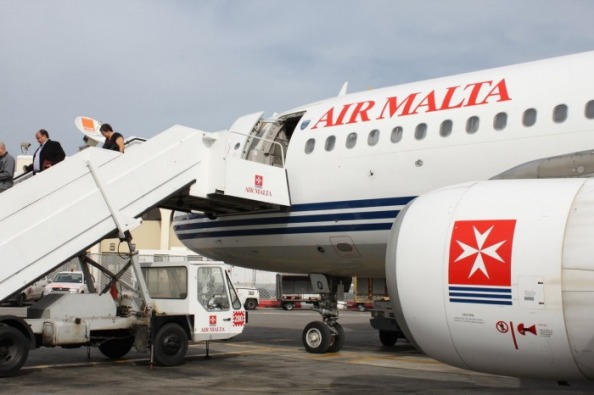
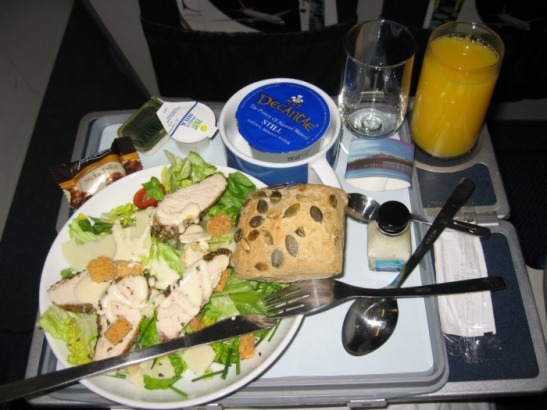
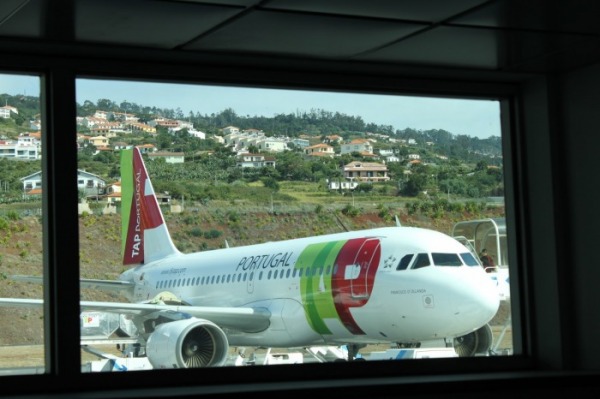
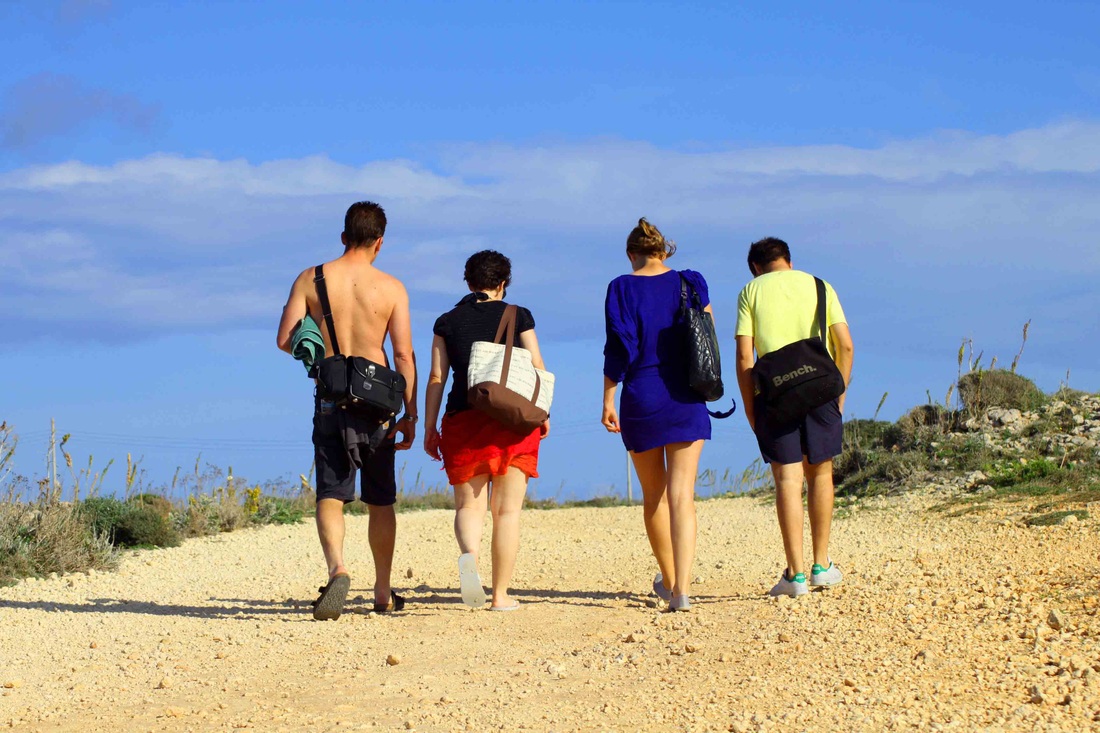
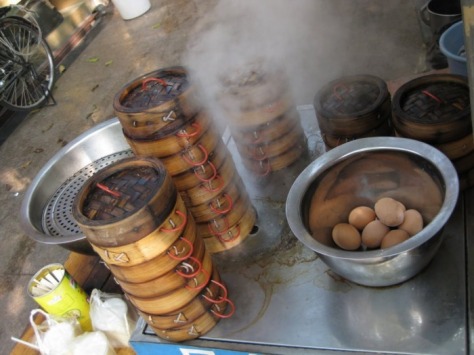
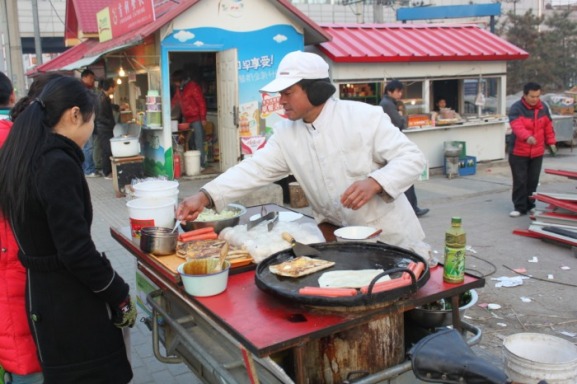
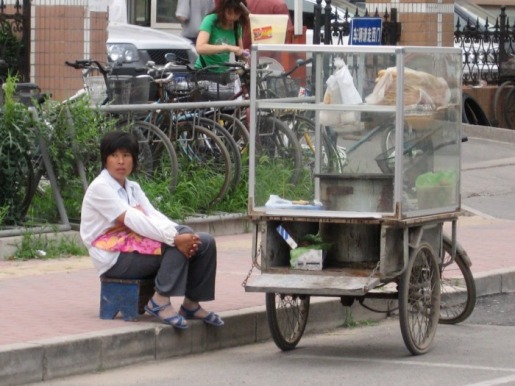
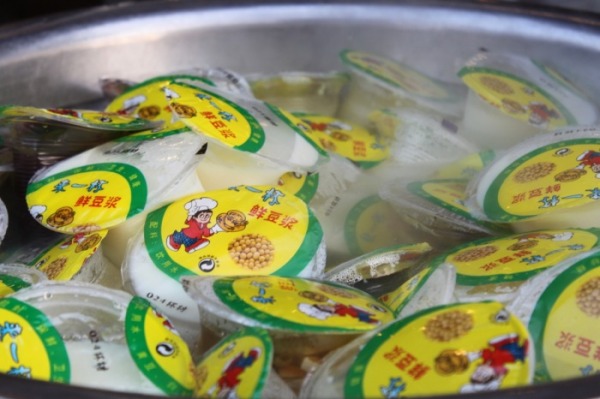
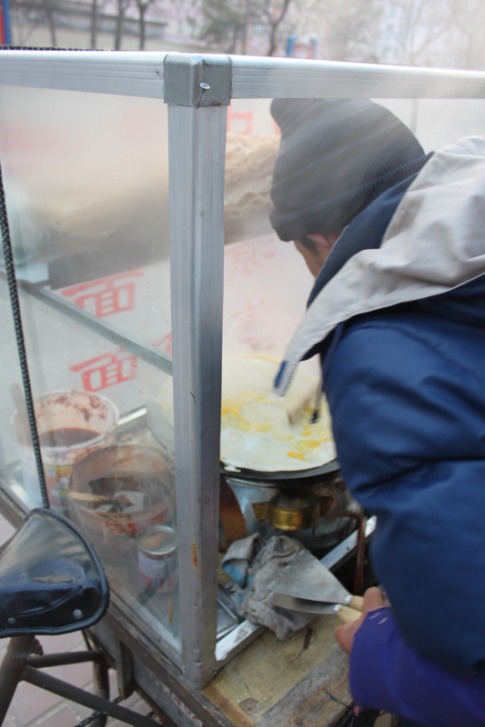
 RSS Feed
RSS Feed

